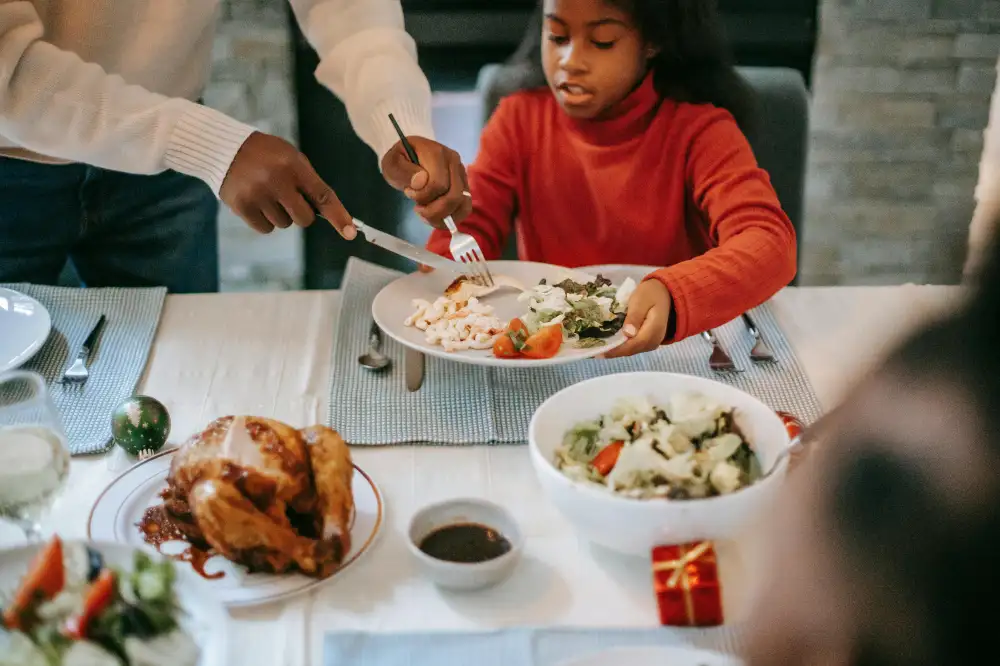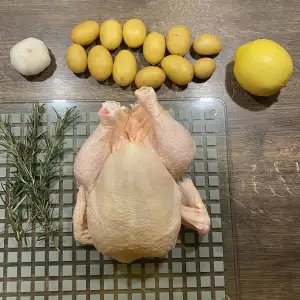Master the Art of Cooking Chicken: Discover the Perfect Chicken Temp for Irresistible Recipes

When it comes to cooking chicken, achieving the perfect temperature is crucial. The internal temperature of chicken determines not only its taste and texture but also ensures that it is safe to eat. Whether you're grilling, roasting, or frying chicken, understanding the ideal cooking temperature is essential for creating delicious and succulent dishes. In this article, we will explore the importance of proper cooking temperature for chicken and provide tips on how to master the art of cooking chicken by discovering the perfect chicken temp. So let's dive in and uncover the secrets behind achieving irresistible recipes with perfectly cooked chicken!
Importance of Proper Cooking Temperature for Chicken
Proper cooking temperature is crucial when it comes to chicken. It ensures that the meat is cooked thoroughly, eliminating any harmful bacteria that may be present. Cooking chicken at the right temperature also guarantees a juicy and tender texture, enhancing the overall flavor of the dish. Moreover, achieving the correct internal temperature is essential for food safety, reducing the risk of foodborne illnesses such as salmonella or campylobacter. Therefore, understanding and mastering the art of cooking chicken at the proper temperature is not only important for taste but also for ensuring a safe and enjoyable dining experience.
Recommended Internal Temperature for Chicken
To ensure that your chicken is cooked thoroughly and safe to eat, it is crucial to know the recommended internal temperature. The United States Department of Agriculture (USDA) advises that chicken should be cooked to an internal temperature of 165°F (74°C). This temperature ensures that any harmful bacteria present in the meat are killed, reducing the risk of foodborne illnesses.
When using a meat thermometer, insert it into the thickest part of the chicken without touching bone or fat. Make sure to check multiple areas to ensure an accurate reading. If you are cooking a whole chicken, the thermometer should be inserted into the thickest part of the thigh. Once the chicken reaches 165°F (74°C), it is considered safe to consume.
It's important to note that different cuts of chicken may require slightly different cooking times and temperatures. For example, boneless chicken breasts may cook faster than bone-in thighs. Therefore, it's essential to adjust your cooking time accordingly and always rely on a meat thermometer for accurate readings.
By following these guidelines and ensuring your chicken reaches the recommended internal temperature, you can enjoy delicious and safe meals every time you cook chicken.
Factors Affecting Chicken Temp
Several factors can affect the temperature at which chicken cooks. One of the most significant factors is the size and thickness of the chicken pieces. Thicker cuts, such as chicken breasts, will take longer to cook than smaller pieces like wings or drumsticks.
Another factor is the cooking method used. Grilling, baking, frying, or roasting all require different cooking times and temperatures. For example, grilling at high heat will result in a quicker cooking time compared to baking at a lower temperature.
The starting temperature of the chicken also plays a role. If the chicken is taken directly from the refrigerator, it will take longer to reach the desired internal temperature compared to chicken that has been brought to room temperature beforehand.
Additionally, marinating or brining the chicken can affect its cooking time and temperature. Marinating can add moisture and flavor to the meat but may also increase cooking time due to the added liquid content.
Lastly, individual ovens and stovetops may vary in their accuracy and heating capabilities. It's important to monitor the chicken closely during cooking and make adjustments as necessary.
Considering these factors when determining cooking time and temperature for your chicken will help ensure that it is cooked thoroughly and safely while maintaining its juiciness and flavor.
Tips for Achieving the Right Chicken Temp
To achieve the perfect chicken temp, here are some essential tips to keep in mind:
1. Use a meat thermometer: Invest in a reliable meat thermometer to accurately measure the internal temperature of the chicken. Insert it into the thickest part of the meat without touching bone for an accurate reading.
2. Preheat your oven: Ensure that your oven is preheated to the recommended temperature before placing the chicken inside. This will help cook the chicken evenly and prevent any potential foodborne illnesses.
3. Allow chicken to come to room temperature: Take the chicken out of the refrigerator at least 30 minutes before cooking. Allowing it to come to room temperature ensures even cooking throughout.
4. Avoid overcrowding: When cooking multiple pieces of chicken, make sure there is enough space between them on the baking sheet or grill. Overcrowding can lead to uneven cooking and result in some pieces being undercooked.
5. Adjust cooking time based on thickness: Thicker cuts of chicken will require longer cooking times, while thinner cuts will cook faster. Adjust your cooking time accordingly to avoid overcooking or undercooking.
6. Rest before serving: Once cooked, allow the chicken to rest for a few minutes before cutting into it. This helps retain its juices and ensures a moist and flavorful result.
By following these tips, you can achieve the perfect chicken temp every time, resulting in delicious and safe meals for you and your loved ones.
Common Mistakes to Avoid when Cooking Chicken
1. Overcooking: One common mistake is overcooking chicken, which can result in dry and tough meat. It's important to monitor the cooking time and internal temperature closely to avoid this.
2. Undercooking: On the other hand, undercooking chicken can lead to foodborne illnesses like salmonella. Make sure to cook chicken thoroughly until it reaches the recommended internal temperature.
3. Not using a meat thermometer: Relying solely on visual cues can be misleading when determining if chicken is cooked properly. Invest in a reliable meat thermometer to ensure accurate readings and avoid guesswork.
4. Crowding the pan or grill: Overcrowding the cooking surface prevents proper heat circulation, resulting in unevenly cooked chicken. Give each piece enough space to cook evenly and achieve that desired golden brown crust.
5. Ignoring resting time: Resting allows the juices in the chicken to redistribute, ensuring a moist and flavorful outcome. Let your cooked chicken rest for a few minutes before serving or cutting into it.
6. Cross-contamination: Failure to practice proper food handling can lead to cross-contamination with raw chicken juices, which may contain harmful bacteria. Always wash hands, utensils, and surfaces thoroughly after handling raw chicken.
By avoiding these common mistakes, you'll be well on your way to mastering the art of cooking chicken and creating delicious and safe meals for yourself and your loved ones.
In conclusion, mastering the art of cooking chicken temperature is essential for creating delicious and safe meals. By understanding the recommended internal temperature for chicken and the factors that can affect it, you can ensure that your chicken is cooked to perfection every time. Following the tips mentioned in this article, such as using a meat thermometer and allowing the chicken to rest after cooking, will help you achieve the right chicken temp consistently. Avoiding common mistakes like overcooking or undercooking will result in juicy and flavorful chicken dishes that are both satisfying and safe to eat. So go ahead, experiment with different recipes, and impress your family and friends with perfectly cooked chicken every time!
Published: 31. 01. 2024
Category: Recipes



